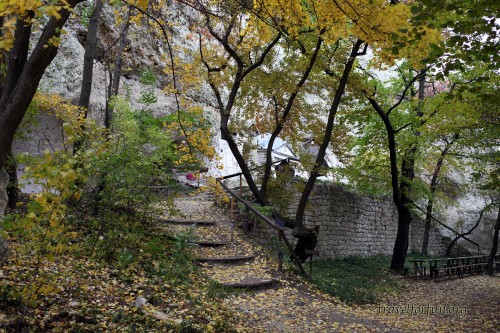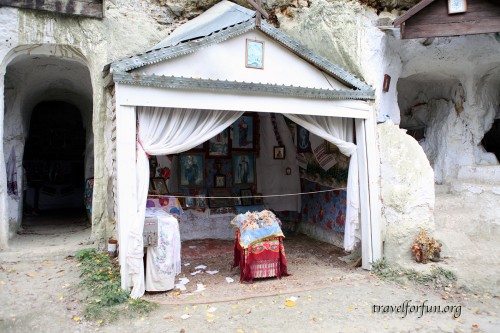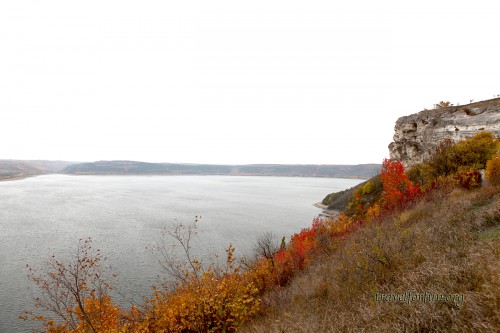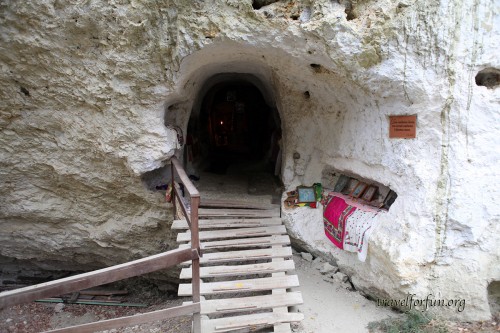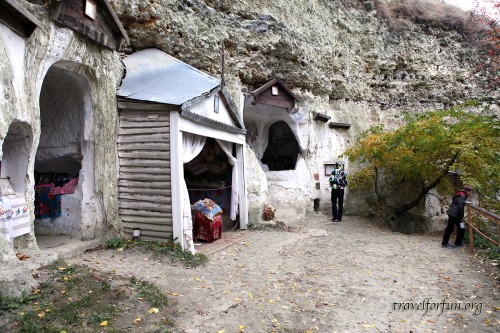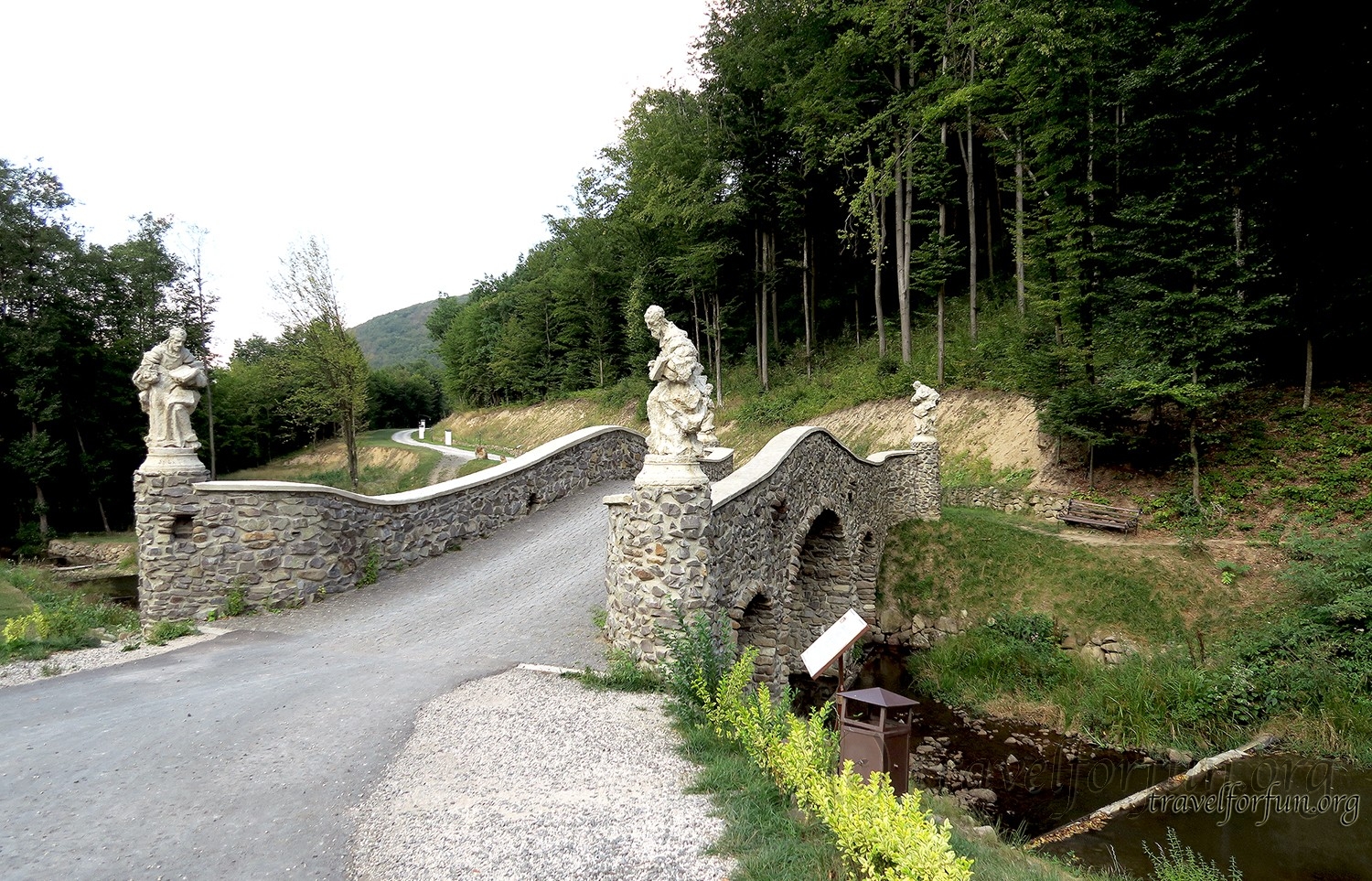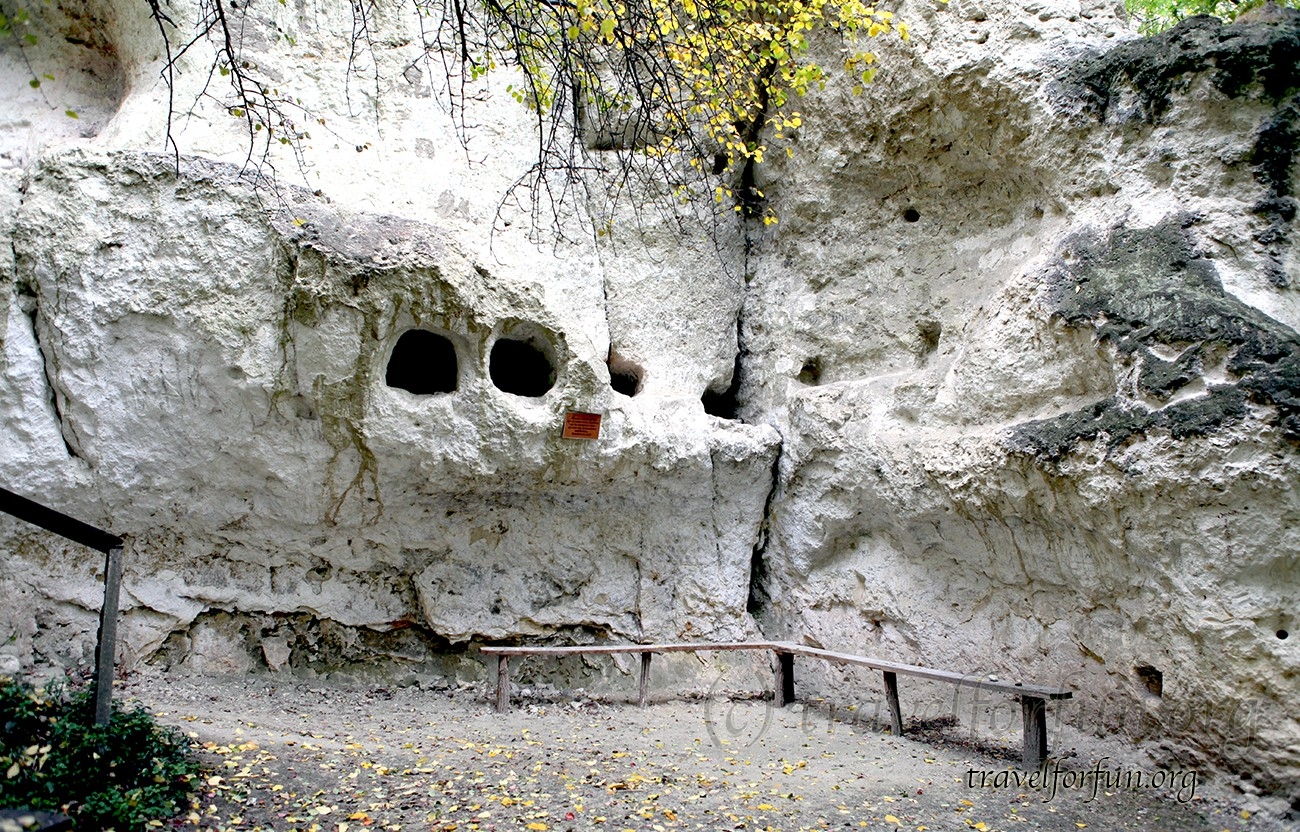
Bakota St. Michael’s Cave Monastery
05.12.2015In Khmelnitsky Region on the bank of the Dniester River located one of the ancient cave monasteries – Bakota St. Michael’s Monastery. It is thought that it was established in 12-13 centuries during the reign of Princes of Galicia. The monastery was first mentioned in chronicles in the 14th century. A lot of legends are connected with this place. According to one legend, a lot of monks were walled up inside the caves during the Thatar-Mongol invasion because they had refused to abandon the faith. Another legend describes a great amount of gold hidden inside the endless caves.
Whatever it was, but from the 15th century the monastery stopped being mentioned and gradually went into decline. Different stone collapses blocked almost all the caves. And only in the 19th century the interest to the monastery rose again. Excavations commenced, during which several caves were restored. In 1893 on the site of the ancient church a new wooden church was built. This church existed till the 1960s and was also demolished. After that the monastery remained abandoned until the end of the Millennium. Nowadays it has been recovered, it is available for tourists and is a part of the National Natural Park “Podilsky Tovtry.”
It’s very easy to get to the monastery. Bakota town doesn’t exist now. It was flooded during the construction of a storage pond. But just near the monastery there is another town Stara Ushitsa. If you go from Kamenets-Podolsky, the landmark for you will be Grushka town, located right on the highway. After driving through it, you’ll see a big pointer to the monastery. Next a good country road you will lead you directly to the bank of the Dnister River. The monastery is situated on the hillside. But before going down, you can enjoy beautiful views of the bend of the river from observation desks .
The descent is paved with wooden steps. There are two descents. One is shorter, but steeper. The second is flatter but longer. Pointers are everywhere, so it’s impossible to lose your way.
At the entrance to the monastery we found an announcement that the admission is paid. But we couldn’t find anybody there. All the caves were open, everywhere were lighted candles and icons. The monastery itself is very small. As I understand, there haven’t been any new excavations since the 19th century and only three caves are in use.
The nearest territory is well equipped. There is a wooden table for at least 50 people. Behind the monastery toilets and garbage containers are placed. Different announcement plates indicate that you are in a holy place and tell you about some rules.
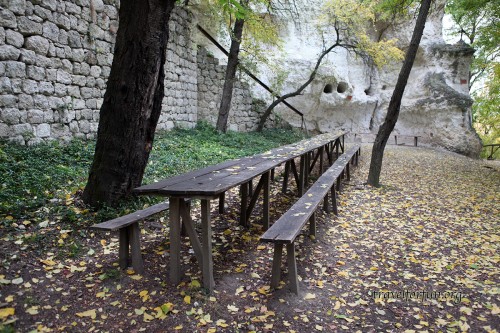 Table in front of the monastery
Table in front of the monastery
Near the monastery there are three hallowed springs. You can find them with the help of pointers with names and distances. For your convenience, there are cups near each spring.
While we were driving to the monastery, we saw a beautiful apple garden. Despite the autumn, there were still apples on the trees. On our way back, we managed to meet the administrator of the garden. He invited us to go in and we bought there 20 kg of excellent apples. He told us that the garden is specialized in growing exceptional fruits without any dangerous fertilizers. The apples were really tasty!
Talking about the general impression of the trip, I can say that everybody liked it. So, I would recommend this monastery to everybody who is keen on history or just likes breathtaking views.
